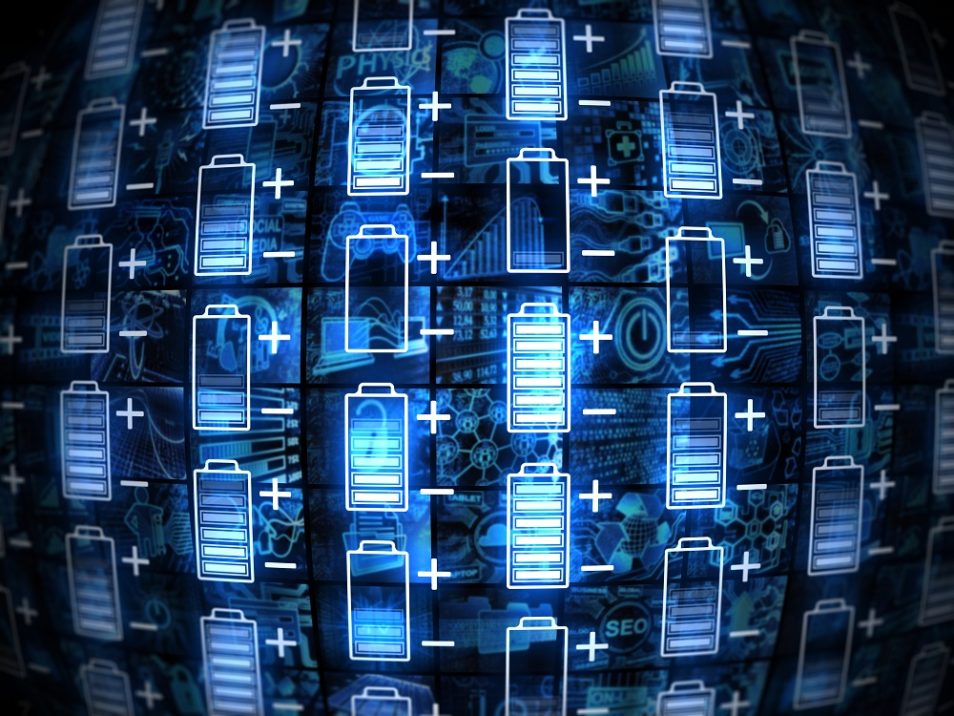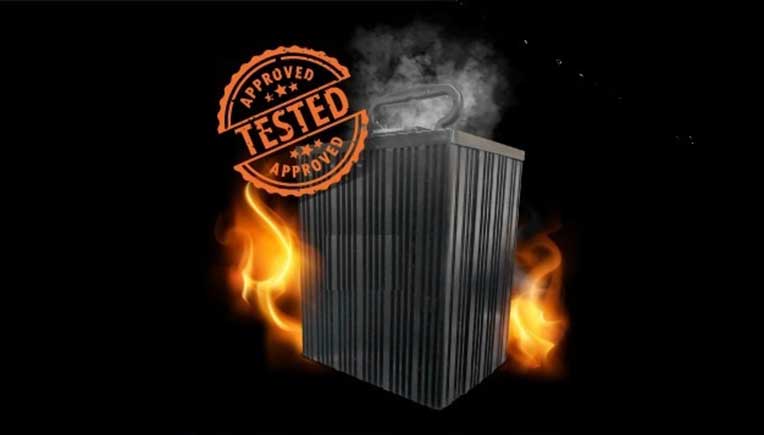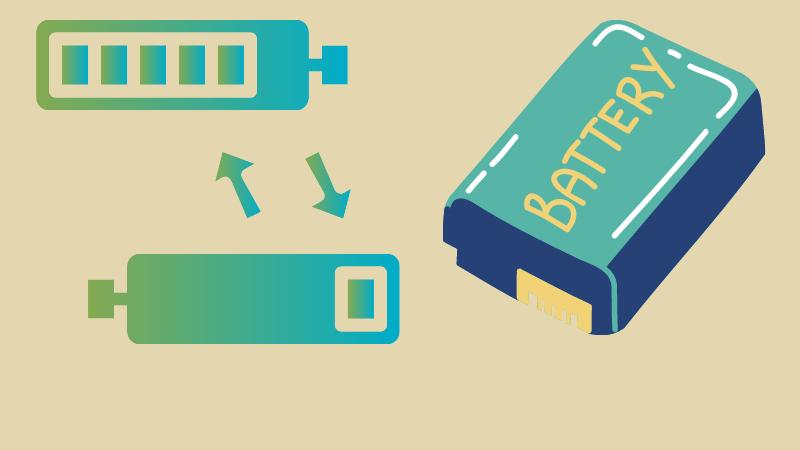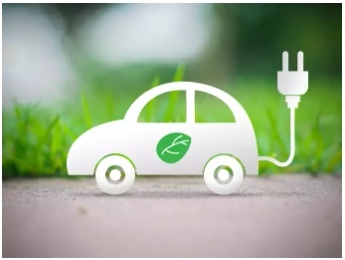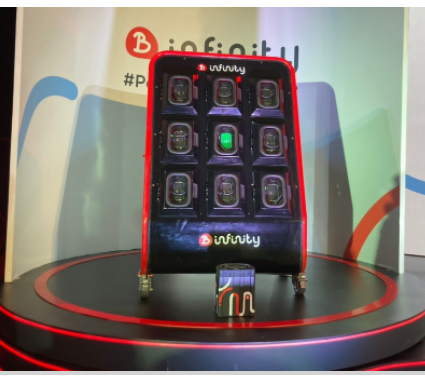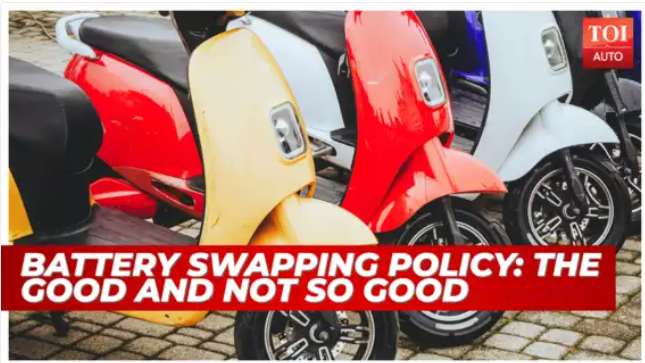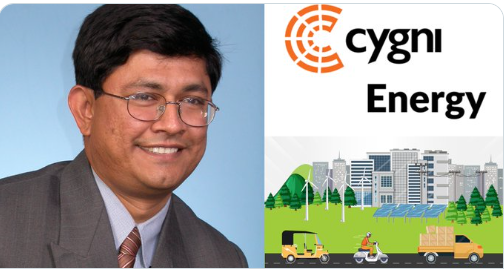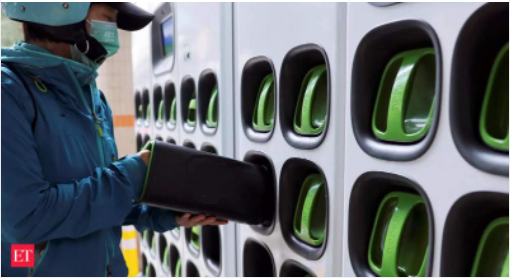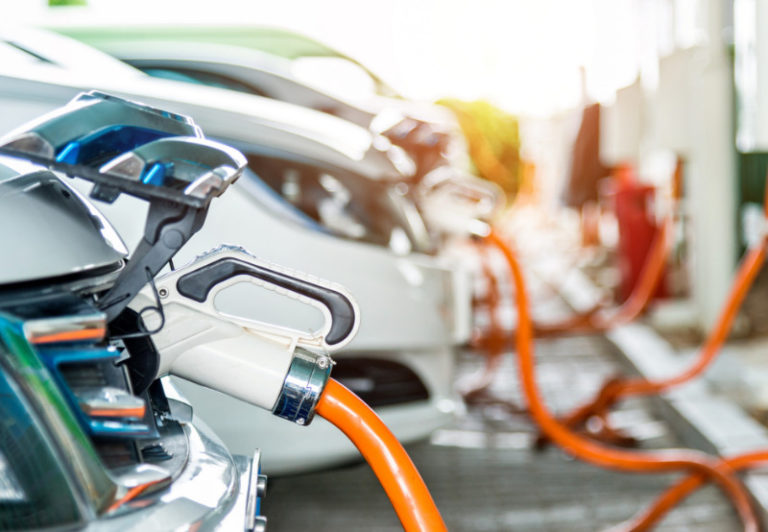“2022 insights- Breakthrough in Indian Battery technology”
By Venkat Rajaraman, CEO and Founder, Cygni
Lithium-ion battery picked up pace in the mid-1980s where three professors, John B. Goodenough, along with Stanley Whittingham and Akira Yoshio got Nobel Prize for inventing the lithium-ion battery. Basically, there are two predominant cell chemistries. One is LFP (Lithium Ferro Phosphate) and the other is NMC (Nickel, Manganese Cobalt) cell. Both of them have their own advantages and disadvantages. The battery itself is a trade-off among various parameters. Typically, the tradeoff happens across multiple verticals. And you do the tradeoff between the energy density, the safety, the long life, faster charging, and all of them. This is a tradeoff.
Please find below the link to the full coverage:
Read Here: Express Computer
 Newsletter
Newsletter DEXTER Board
DEXTER Board
